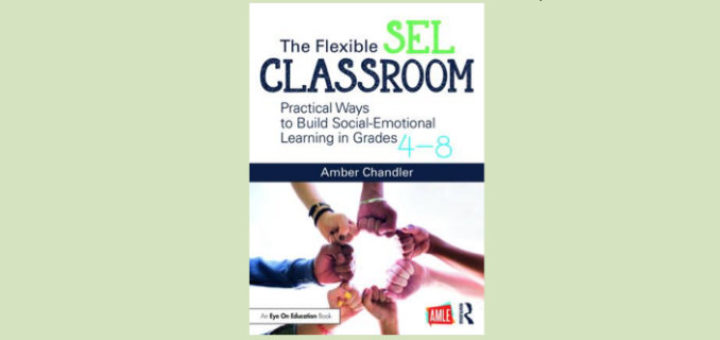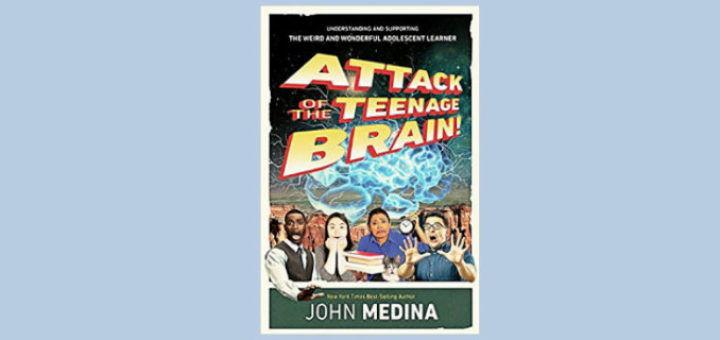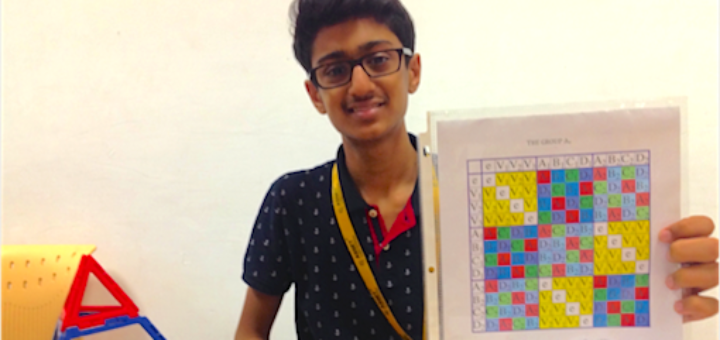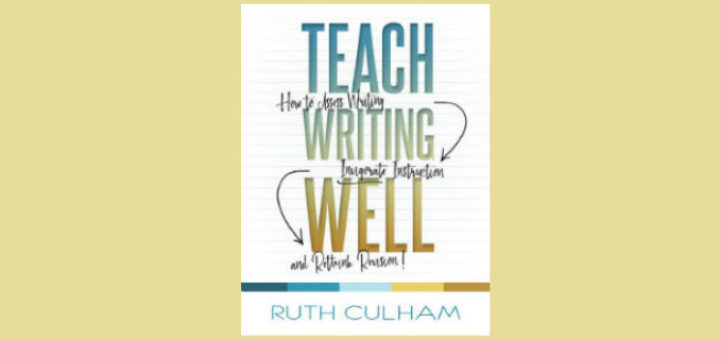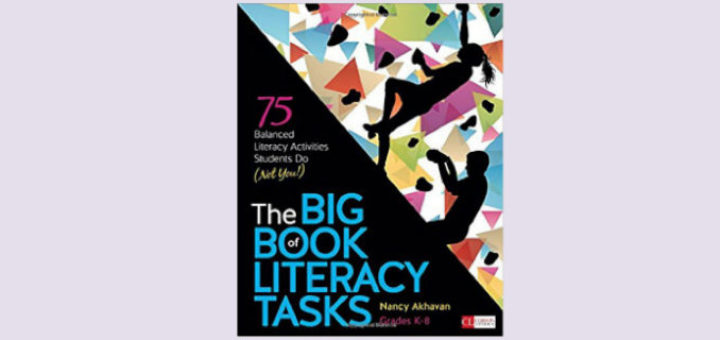Teaching and learning in grades 4-8
Filled with thought-provoking ideas on how to meet the social and emotional needs of our students, Amber Chandler’s The Flexible SEL Classroom guides us with ideas and activities to try while meeting the curricular mandates we are given, writes Laura Von Staden.
In addition to explaining the brain science behind adolescent risk taking, John Medina’s Attack of the Teenage Brain! is filled with valuable information to change the way teachers respond to adolescents in the classroom, says educator Elizabeth OBrien.
Studying TV in the middle grades might seem frivolous, writes media literacy expert Frank Baker, but when teachers engage kids through popular culture, they meet them where they are. The Emmys is a perfect example. Baker has background and teaching ideas to get started.
If you’re having tough times at school this year, new teachers and veterans alike can relieve some of the stress that comes when everything seems to be going wrong. Tested advice and actionable ideas from author, veteran teacher, and classroom survivor Julia Thompson.
This summer Rita Platt is transitioning from teacher-librarian to principal at her school. With 25 years in education, she feels ready. Sharing a letter she sent to fellow staff members, she asks readers to comment on what principals need to know to be good leaders.
Math educator Jerry Burkhart expanded his horizons this summer when he taught a 3-week math exploration course to a class of 22 gifted middle level students from across India. Learn what he discovered about the similarities and differences in U.S. and India math education.
Ruth Culham’s Teach Writing Well is practical and goes step-by-step through incorporating writing traits into any classroom writing program while undergirding practice with a sense of exuberance and discovery. Reviewer Sarah Cooper can’t wait for fall to try Culham’s ideas.
In 180 Days Kelly Gallagher and Penny Kittle encourage teachers to meet “hidden standards” focusing on engagement in reading and writing via standards accessed through choice, relevance, and classroom culture. Educator Amy Estersohn finds some elements missing.
Nancy Akhavan encourages teachers to push away from assigned passages with worksheets that require canned responses, and instead promote more freedom in student thinking, and more reflection about their connection to the reading and writing going on in their classroom.
Blending in the arts is not predestined to create a failure of STEM goals, writes noted STEM author and educator Carolyn DeCristofano, who offers four reasons to consider adopting a well-designed STEAM program that protects the integrity of both STEM and arts education.

